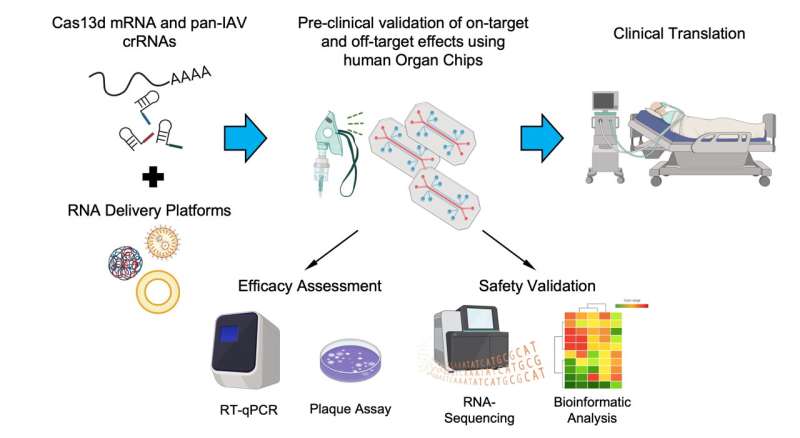The development of antiviral treatments against IAV—or more durable vaccination approaches for that matter—has been extremely challenging because IAV readily develops resistance against them by changing its genetic makeup. To date, its ability to “mutate,” rearrange its genetic information or even recombine it with that of other IAV viruses infecting the same cell has been an unsurmountable challenge for drug developers, and presents a constant risk for new pandemic strains to emerge.
The search for an effective weapon against IAV’s ever-changing genetic makeup has been hampered by the absence of a suitable human in vitro model for testing new treatments. This challenge is compounded by the fact that animal models of IAV infection fail to accurately replicate human immune responses, and drug delivery to human lung tissue operates under different conditions than in animals.

